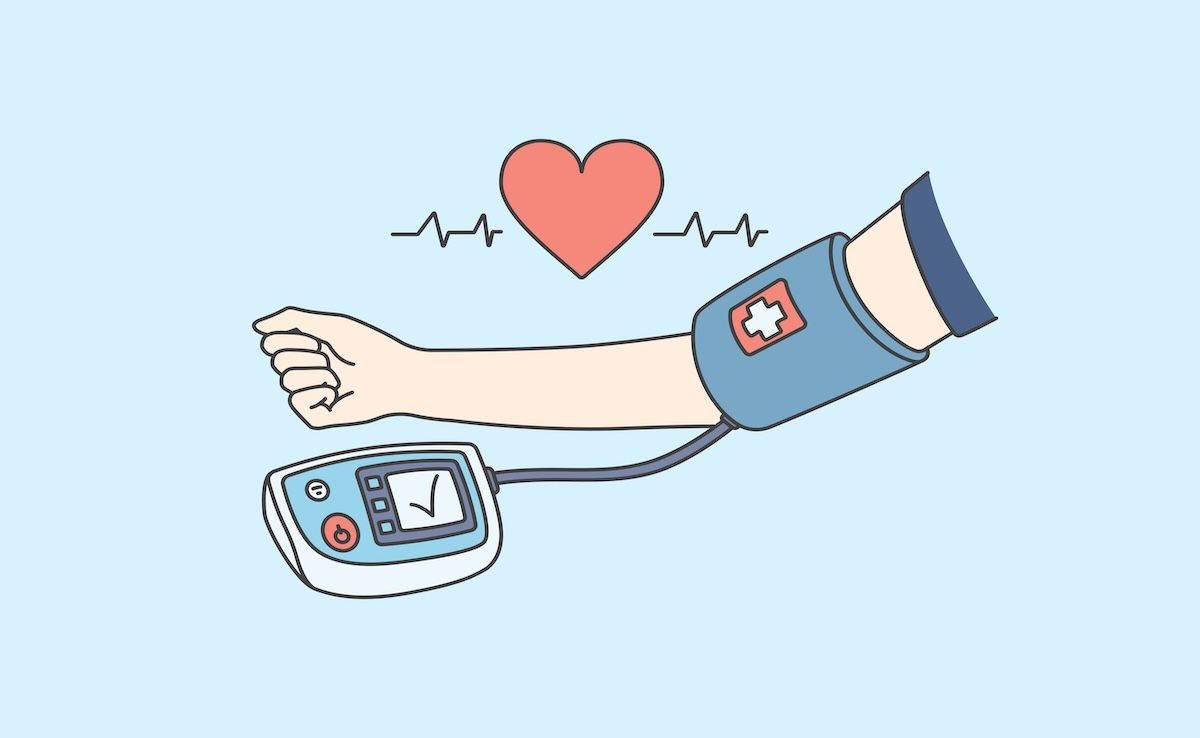Article
Novel Machine Learning Model May Detect Pulmonary Hypertension Earlier
Author(s):
Having a diagnostic model that leverages artificial intelligence could fill a gap in the pulmonary hypertension (PH) diagnostic pathway, as there are currently just 2 validated screening algorithms for PH.
Early data suggest that a machine learning (ML) approach can identify patients with pulmonary hypertension (PH) earlier. If the findings are confirmed, the approach has potential to reduce delays in diagnosis, in turn improving patient outcomes.
Study findings were published in International Journal of Cardiology.
The ML model, which included 65 features and would be the first of its kind, was effectively able to pinpoint patients likely to have PH using an electronic health record (EHR) database of millions of patients.
Having a diagnostic model that leverages artificial intelligence could fill a gap in the PH diagnostic pathway, as there are currently just 2 validated screening algorithms for PH: pulmonary arterial hypertension (PAH) secondary to scleroderma and chronic thromboembolic pulmonary hypertension following pulmonary embolism (CTEPH).
“While several ML models have been developed for PH, they have either been applied to a single test or to EHR data for a specific PH subgroup,” wrote the researchers. “Our study represents the first predictive algorithm for PH (overall) intended for application to a general EHR database. The model was developed for PH overall, rather than focusing on treatable precapillary subgroups, because identifying postcapillary PH could improve prognostication. As the model leverages existing data, it would not require patients to undergo additional testing and could be applied to many patients simultaneously.”
The ML model assessed in the study was a gradient boosting model developed from data within Optum’s de-identified EHR database, accounting for patient data between 2007 and 2019. A test set of over 11 million patients was used.
Within that EHR dataset, the model identified nearly 116,000 patients with PH and predicted PH with an area under the receiver operating characteristic curve (AUROC) of 0.92. The AUROC was strongest for patients who had an index date closest to diagnosis, although the AUROC remained above 8.0 for predicting PH at all timepoints before diagnosis; AUROCs were 0.94, 0.89, 0.86, and 0.83 for intervals of 2 to 6, 6 to 12, 12 to 18, and over 18 months, respectively.
This finding, said the researchers, suggests that the ML model may be able to identify PH months before traditional approaches, although they note the finding should be confirmed in further research.
“The most important predictive features included diastolic heart failure and valve disorders, likely reflecting the model’s detection of Group 2 PH,” described the researchers. “Additional features were also predictive of other subgroups in the model (eg, hypoxemia). However, the model was not specifically assessed in other PH subgroups. “
The model performed well across both CTEPH and PAH subgroups, although performance was slightly stronger in patients with CTEPH; AUROCs for PH ranged from 0.79 to 0.90 for PAH and 0.87 to 0.96 for CETPH. The researchers said this finding was expected, as CTEPH is often associated with PH while a significant proportion of PAH cases are idiopathic.
The group noted that PAH and CTEPH was not confirmed in patients—a limitation of the study—because the algorithms did not require right heart catheterization, which is underutilized in clinical practice.
Reference
Kogan E, Didden E, Lee E, et al. A machine learning approach to identifying patients with pulmonary hypertension using real-world electronic health records. Int J Cardiol. Published online December 14, 2022. doi:10.1016/j.ijcard.2022.12.016





